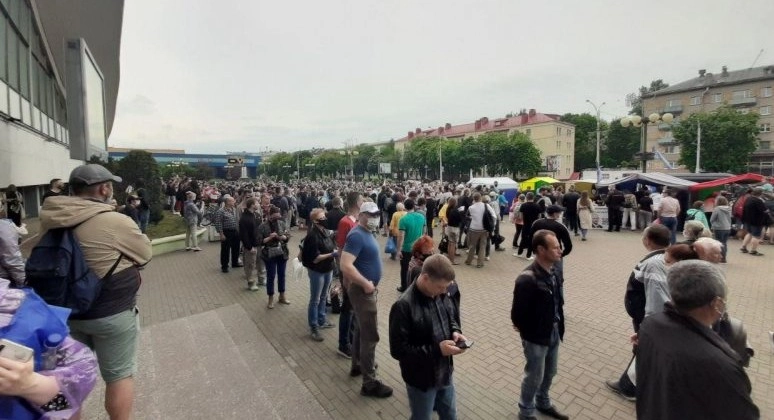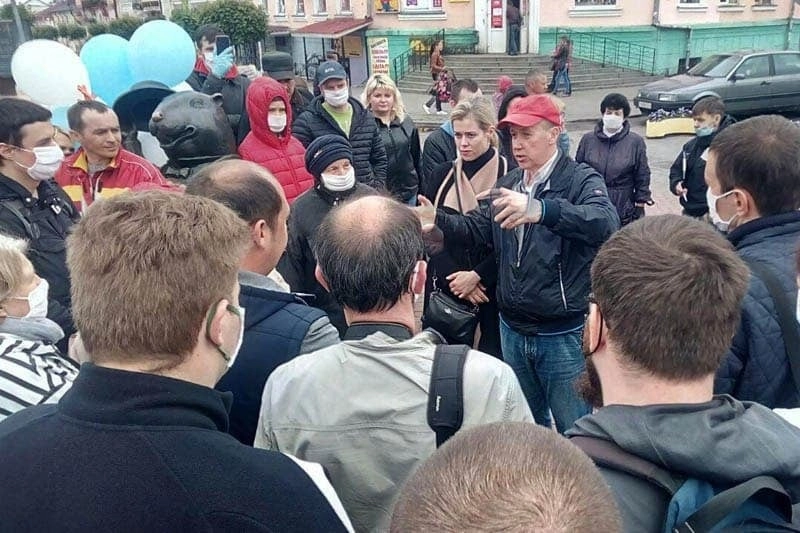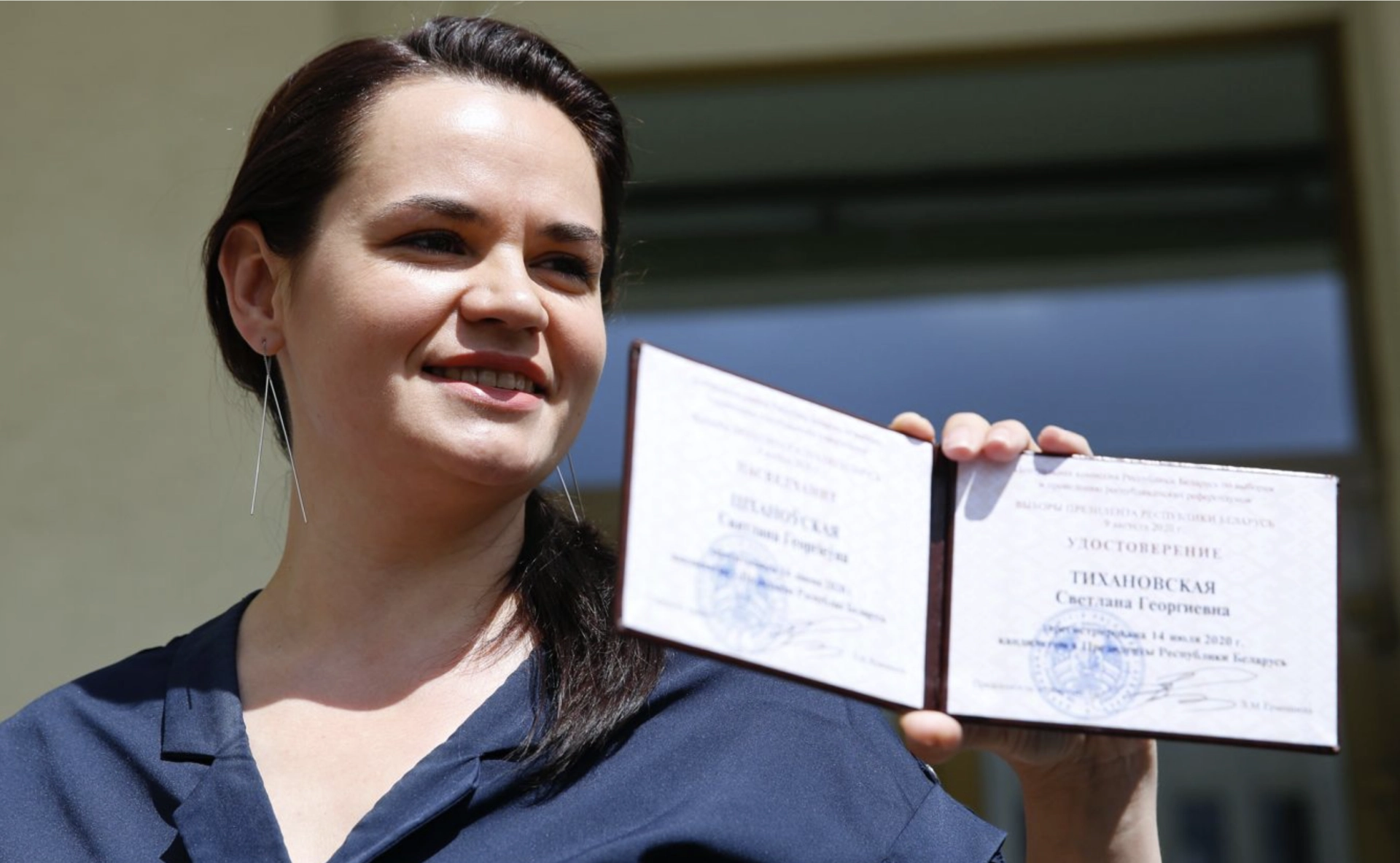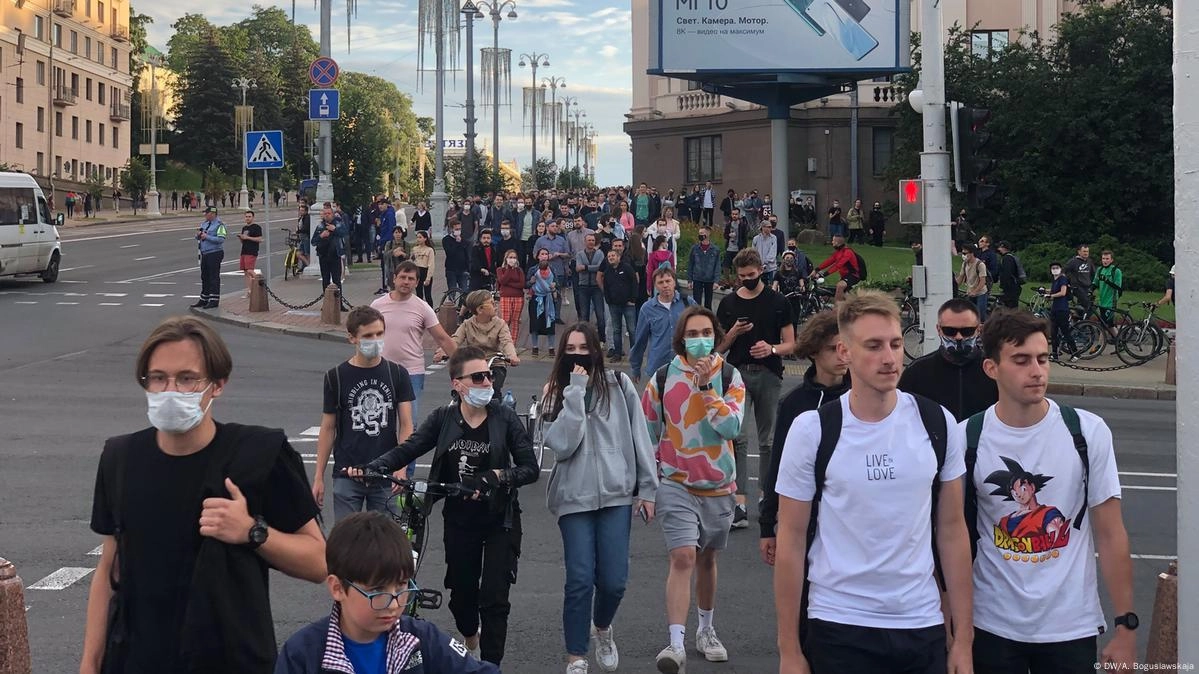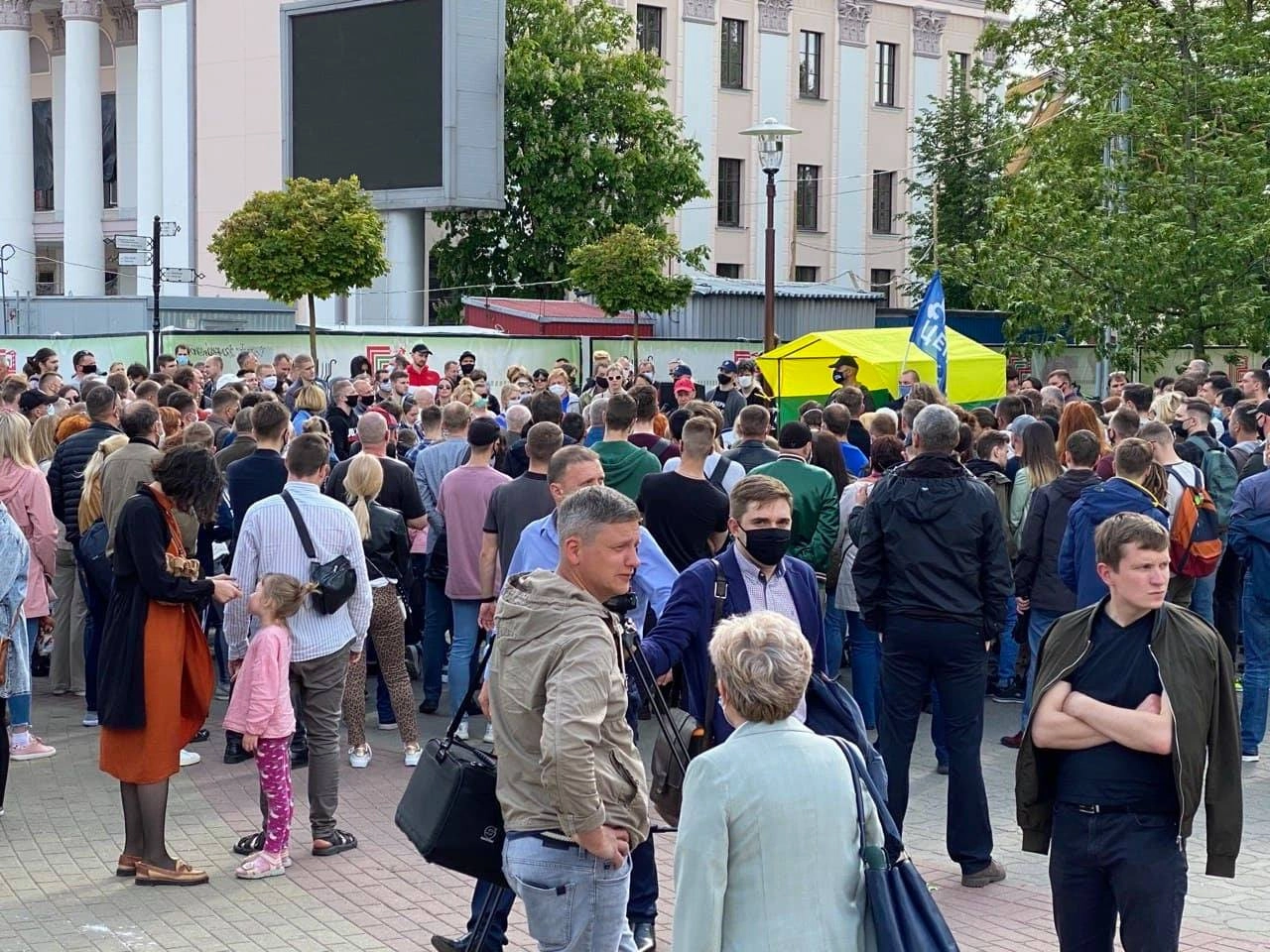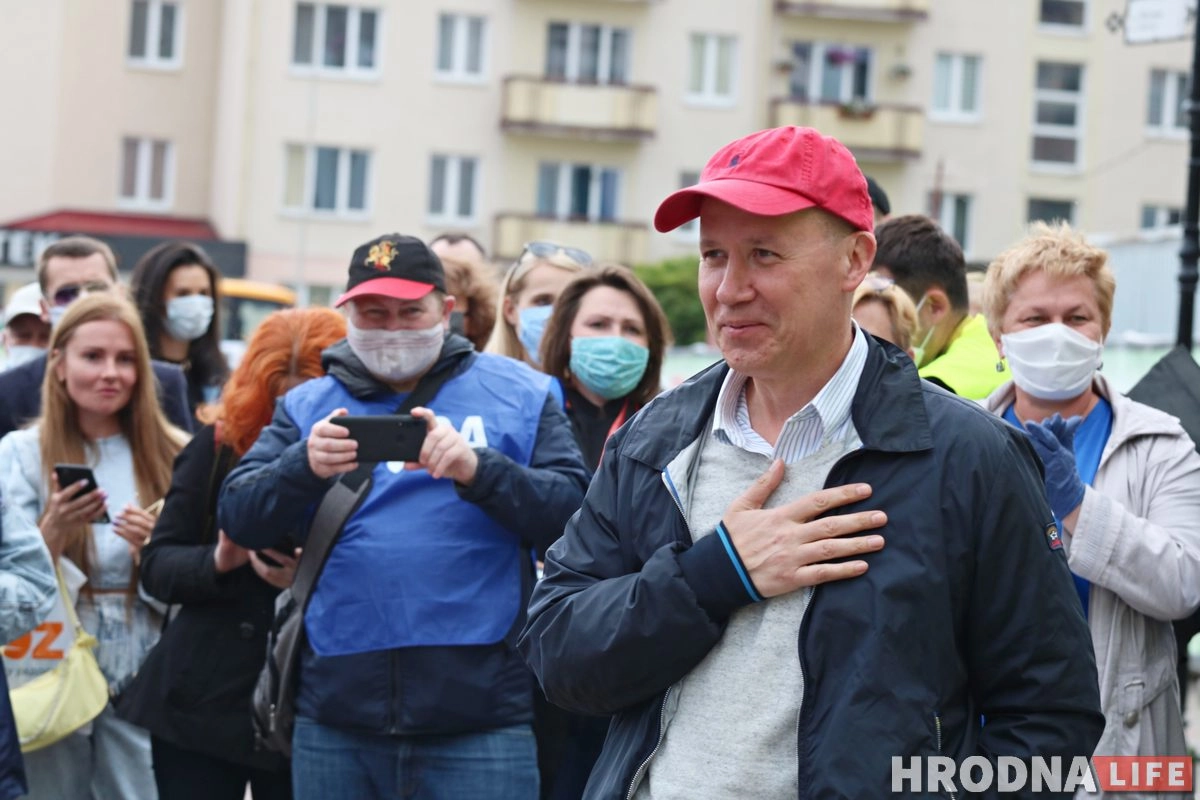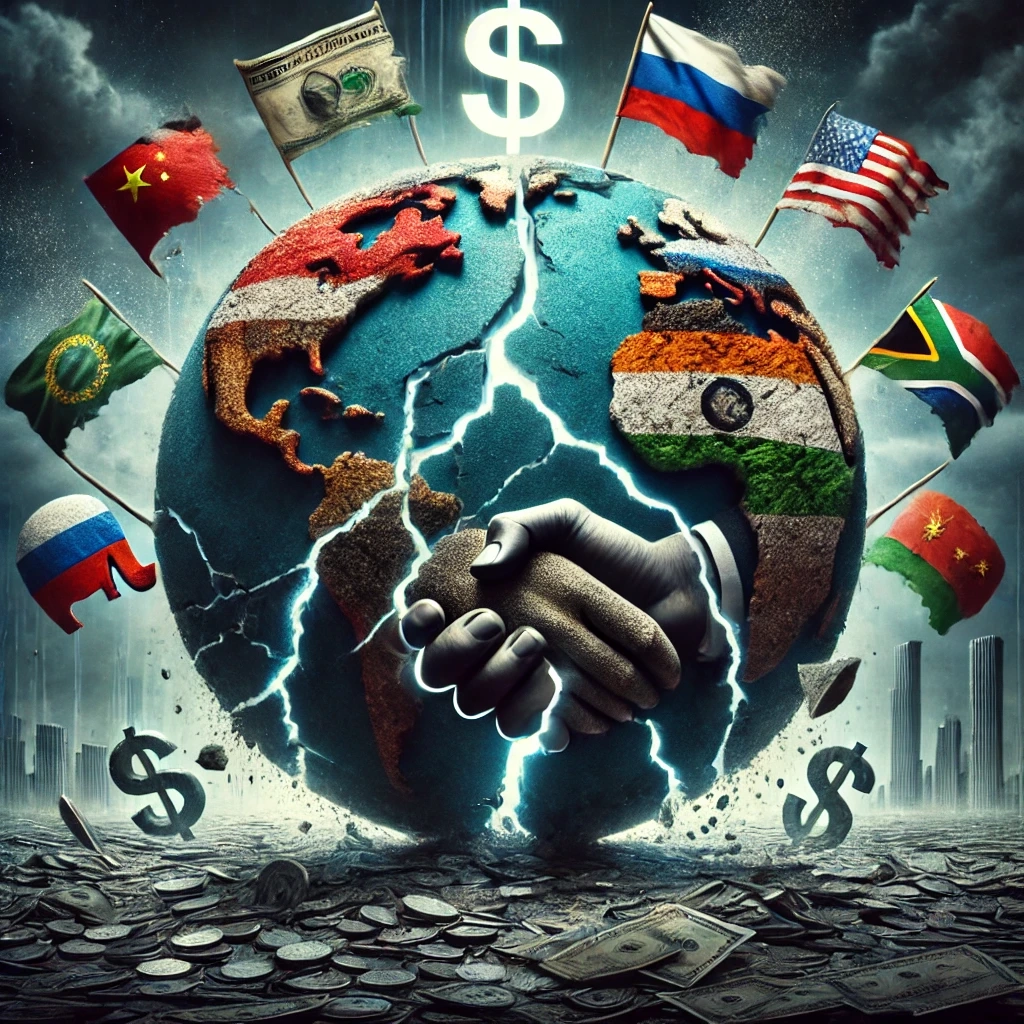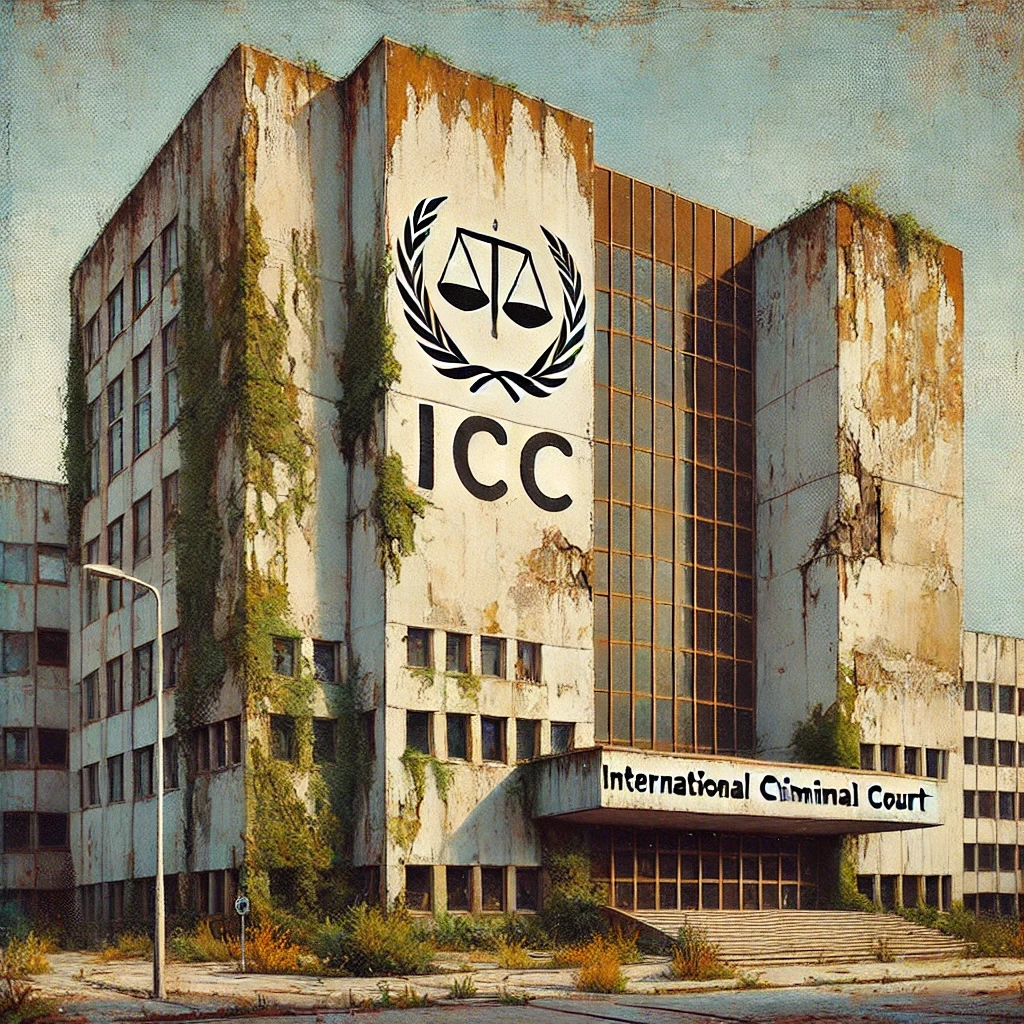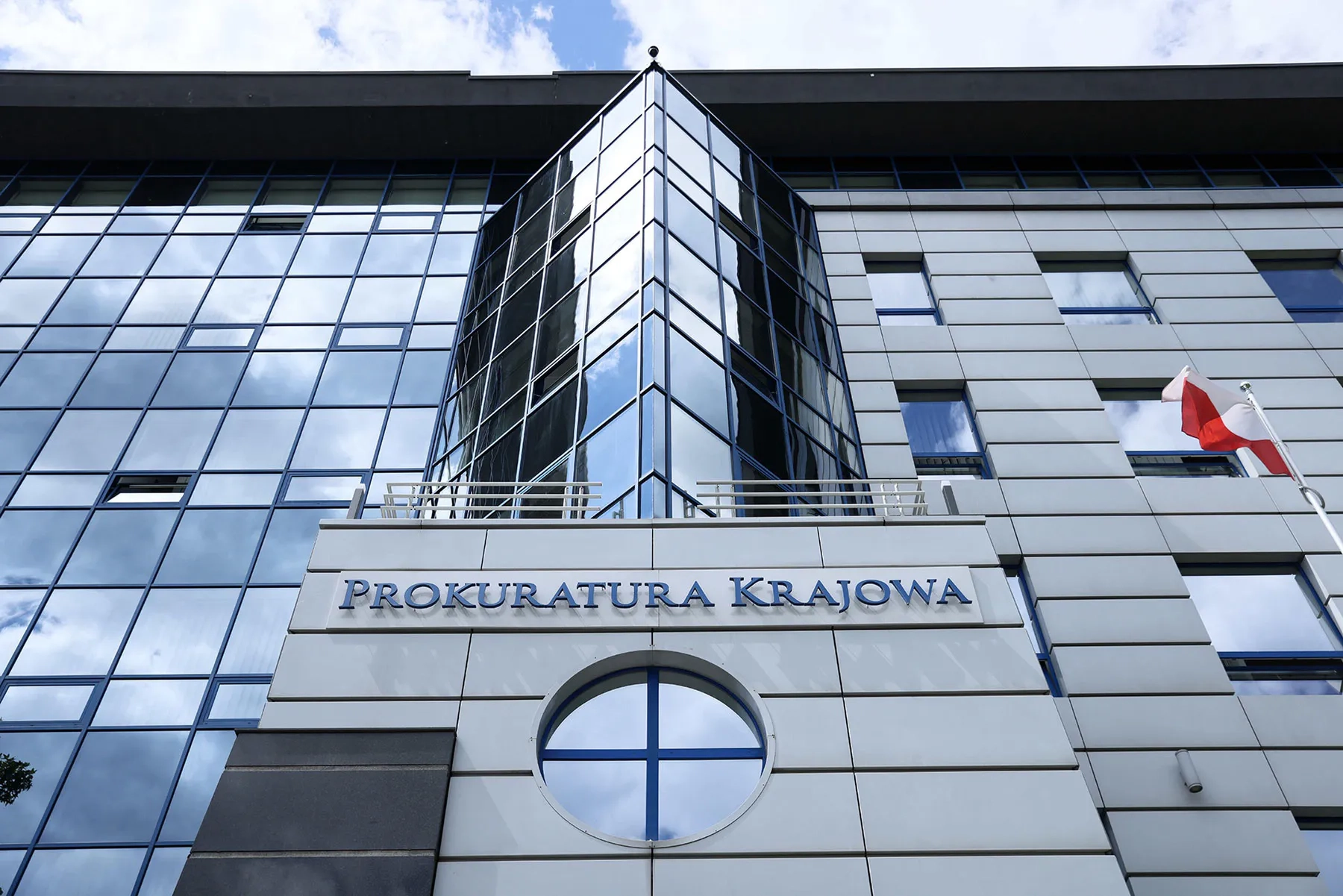This weekend, I found myself unexpectedly absorbed in a program on the History Channel. It told a story that, for reasons I can't quite explain, stayed with me. The central figure was an ordinary Briton—a garbage collector working in a London neighborhood during the 1990s.
While lifting another bin onto his truck, he noticed something among the discarded items: a photo album. Curiosity got the better of him, and he opened it. Inside were photographs of a young British officer from the First World War. These weren’t posed portraits or the work of professional photographers, but personal snapshots—taken during breaks between battles, in the army camp, in fleeting moments of calm.
He decided to keep the album. And from that day forward, he began searching for more such treasures. Amid piles of forgotten junk, he began finding dozens of old albums. Some contained rare, even extraordinary images—like scenes from the Christmas Truce, where British and German soldiers are pictured arm in arm, smiling beside one another.
What struck me wasn’t just the uniqueness of the photographs, but the fact that even in Britain—a country renowned for preserving tradition and honoring memory—people had discarded photographs of their own grandfathers and great-grandfathers. Entire life stories had been thrown in the trash.
The broadcast made me think: how easy it is, once financial means are at one’s disposal, to be tempted to erase history—to rewrite the past by removing those who truly acted, and replacing them with those who, in critical moments, cowered in silence or lay idly on the couch. I’m not speaking of Britain here, of course, but of Belarus—and especially of what happened in 2020.
Photography is perhaps the last line of defense against this kind of historical perversion. It captures what actually happened—and makes it difficult to pass off wishful thinking as truth.
But even photographs are vulnerable. Images can be cropped, people can be erased from the frame while others are emphasized. We know how NKVD operatives used these tricks to rewrite the history of the 1917 Revolution—replacing its true protagonists with figures who had, at best, a tenuous connection to the events. And soon we will show how their descendants, with no less enthusiasm, continue the “glorious” traditions of their forebears: rewriting timelines, reshuffling roles, inserting themselves into events in which they played no part. Today, an entire system has been launched to distort meaning and rewrite context. True faces are being deleted from history—replaced by artificial, politically convenient ones.
Photographs remain one of the few tools that can resist this. Because alongside every fake, every forgery, every manipulated version, there still exists the original—silent but undeniable evidence of who truly acted, who took the risks, who stood side by side with others in the moment of truth.
In the spring and summer of 2020, we in Belarus launched our presidential campaign not because we were given permission, support, or resources—but because we believed. We believed in truth, in freedom, in dignity. We believed in the future of Belarus. And we knew exactly what we were risking. We understood we might lose our home, our family, our freedom, even our lives. But we moved forward—because the future demanded it.
We have no right to let falsifiers distort or erase the truth of that time, no matter how much money—millions in dollars and euros—is being poured into such efforts. That’s why we will continue to publish photographs. They matter not only for the past, but for the future of our country.
Without honest memory, there can be no real change. If we allow the truth of what happened to be erased, Belarusians will once again be forced to relive the same pain, the same lies, the same betrayals, the same crimes, the same suffering...
On 23 May 2020, we traveled to Hrodna to begin forming our campaign team. I believed then that my hometown would stand with me. After Minsk, it had shown the most enthusiasm for my initiative to develop the country’s IT sector. I had visited often, speaking at Hrodna University at least a dozen times—sharing with students and faculty the prospects for Belarus’s software industry. It was in Hrodna that I built the first regional branch of the High-Tech Park, renovating old army barracks of the former border guard unit—originally built, incidentally, back in 1910.
It was on the road to Lida, where I first met with our local team, and in Hrodna itself, that I adopted a new format—recording video messages on the move, usually at gas stations or even behind the wheel.
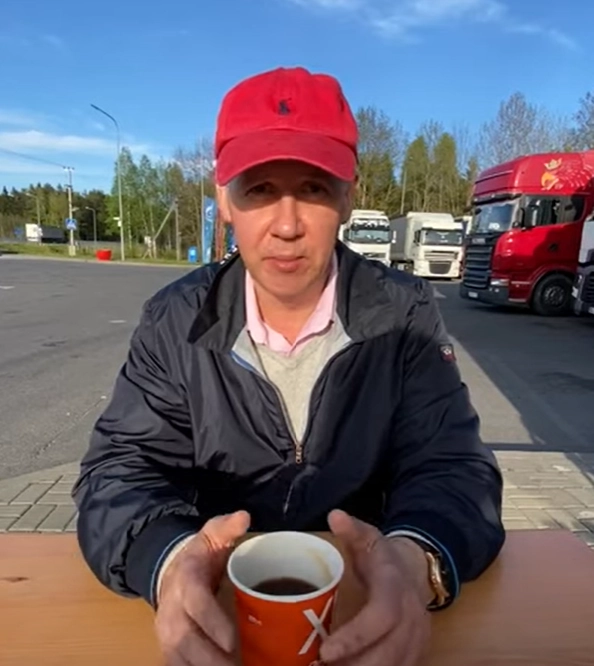
Reflections at the gas station
Of course, these initial meetings in Lida and Hrodna couldn’t yet be called rallies or protests. Most of those who attended were people I knew. These were not yet full-scale gatherings of voters—they were the early days of building our activist base. At one such meeting, my longtime friend and fellow Hrodna native Alexander Feduta was present. Our friendship dated back to the first presidential campaign in 1994, when we both believed Belarus was headed toward modernization. (But I’ll write more about that soon.)
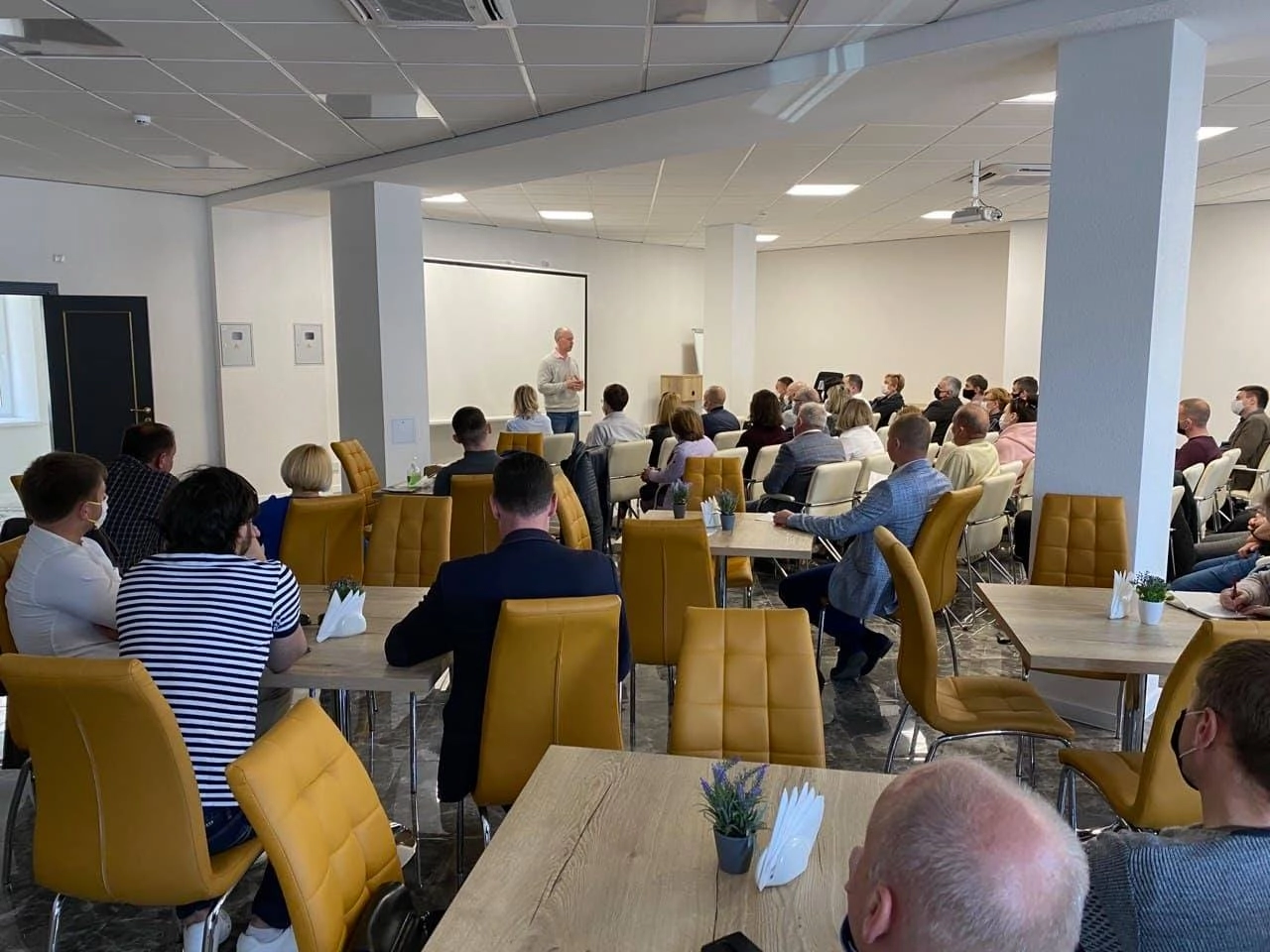
Our first true rally took place just after our initiative group was officially registered—outside the “Riga” department store in Minsk. There weren’t many people. It felt like there were more journalists and curious bystanders than actual supporters. But we didn’t let that discourage us. We knew that starting from scratch is always harder than addressing a prepared crowd.



“Riga” Department Store, Sovetsky District, Minsk, 26 May 2020.
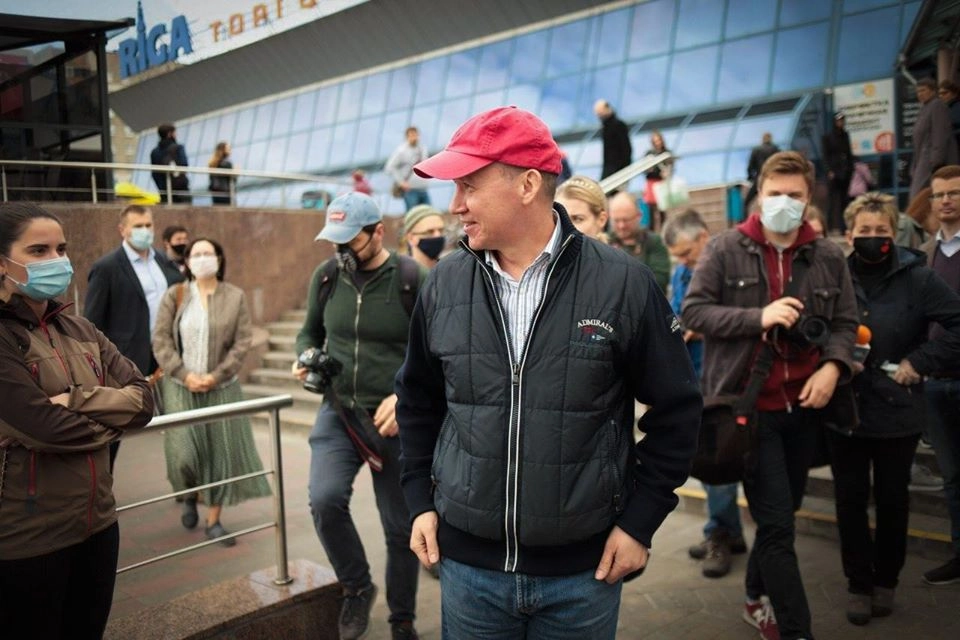
Our next event followed soon after, in Kamennaya Gorka, Frunzensky District, Minsk. Despite bad weather, the crowd was noticeably larger. Looking back, I can say this: it was Frunzensky District that ultimately delivered the largest number of signatures in support of my presidential candidacy.
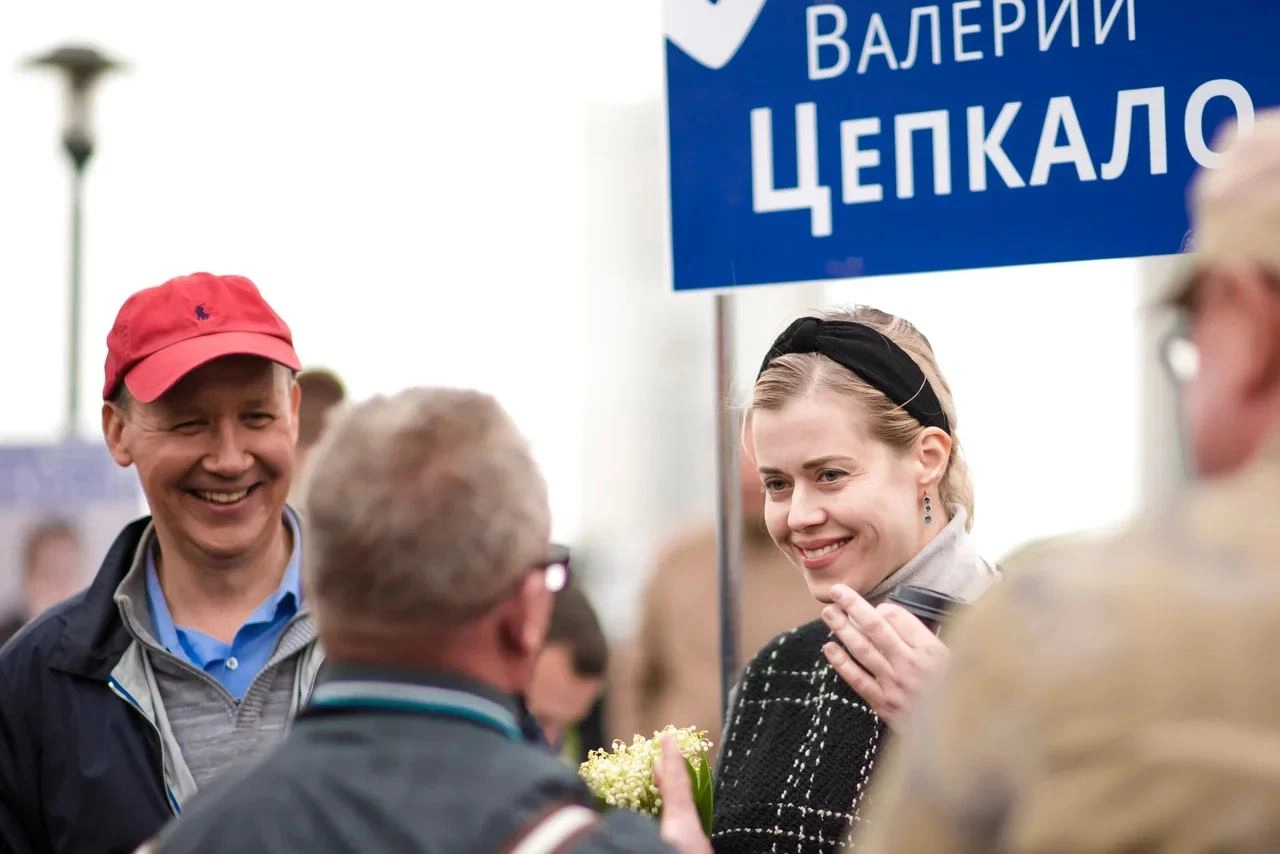



Kamennaya Gorka



To be continued
